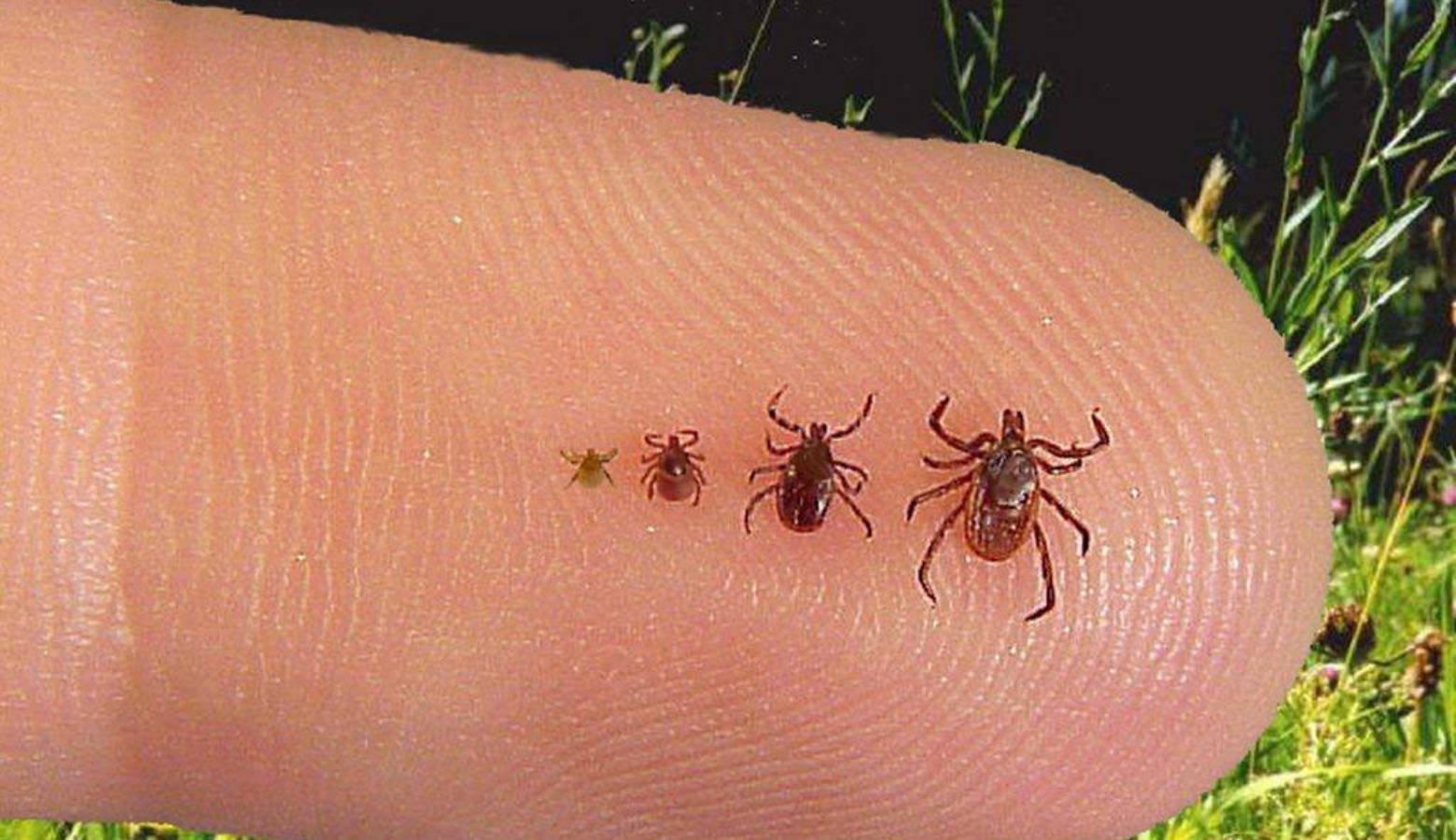Tick-borne Illness On Rise In Hoosier State

State department of health officials are warning Hoosiers about an increase in tick-borne illnesses this year. The state agency has reported more than 100 cases this year, with one fatality in an elderly patient due to ehrlichiosis.
Tick-borne illnesses tend to peak in July and while we’re nearing the end of the period of time when ticks wreak the most havoc, you still need to protect yourself every time you go outside.
You also need to be familiar with the ticks in your area, according to Erika Pitcher, the director of case management for the Fort Wayne, Allen County Department of Health.
“Specifically the tick that causes Lyme disease is called the deer tick or the black-legged tick,” she said.
In northeast Indiana, deer ticks aren’t common. But they are elsewhere in the state, and outside of Indiana.
“Most of our cases that we do have that do develop tick-borne illness, they have traveled out of the state, you know they’ll go camping or they’ll go hiking.”
Allen County Health Commissioner Dr. Deb McMahon said doctors are getting better at asking patients about travel when they present with symptoms typical of tick- or mosquito-borne illnesses.
But it is still up to you to protect yourself.
According to the Centers for Disease Control, you should use repellents containing DEET, picardin, IR3535, oil of lemon, oil of eucalyptus, para-menthane-diol, or 2-undecanone. Treat your clothing with sprays containing the chemical permethrin. Do not use permethrin on your skin.
More information about repellants can be found at the EPA’s website.
